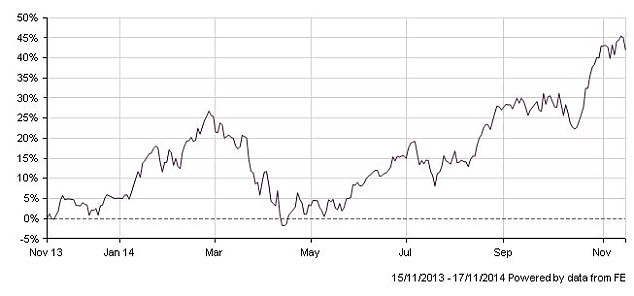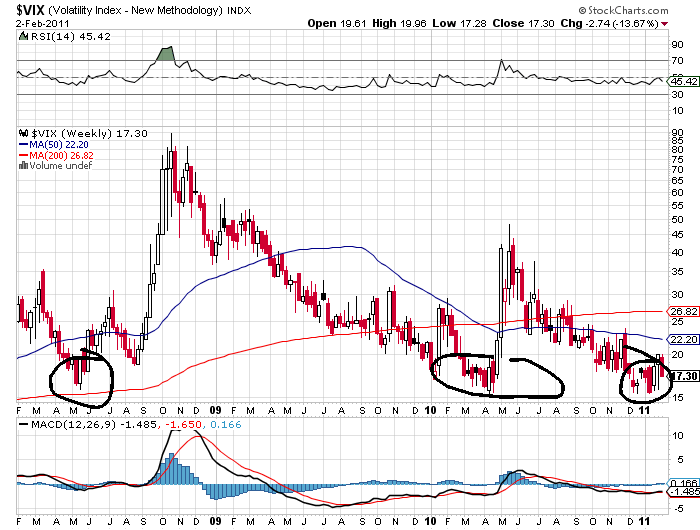More Volatility In Markets Ahead What Investors Can Do
Post on: 3 Июль, 2015 No Comment

More Volatility In Markets Ahead? What Investors Can Do
March 25, 2014 Jack L. Rivkin
Actions by the Federal Reserve and other central banks, disparate global rates of economic recovery, the Volcker Rule, and changes in bank capital rules dictated by Basel III are combining to increase volatility in equity and fixed-income markets globally. At the same time the pace of economic growth and continued stimulus from most central banks should keep borrowing costs relatively low in the U.S. and may even bring those costs down in Europe.
However, the yield curve will likely steepen and rates on longer maturity government and high-grade bonds could rise. This will create opportunities in less conventional lending markets. Investors in traditional fixed-income and equity holdings should maintain exposure to these significant asset classes, but consider reducing their risk by changing the mix of managers.
Equities
As trite as it sounds, we believe we are entering a stock pickers market, one that rewards manager skill. If we are correct, a shift to active managers would benefit investors. By definition, active managers securities positions typically deviate significantly by name and weighting from securities in the indices against which they are measured. In a stock pickers market, securities no longer move in lockstep. Data from multiple sources shows that almost all market sectors posted stellar gains in 2013 (telecommunications and utilities were the exceptions). This sharp rise and the fact that multiples have expanded faster than earnings makes it more than likely that some sectors and specific stocks will lag or even see corrections, if only temporarily. This should set the stage for managers who have a more narrow focus. Among that group are managers of hedge funds and other alternatives whose strategies include shorting and other hedging techniques. They should find the market this year more to their liking.
Fixed Income
Its a similar story for the fixed-income sector. 2014 could be a bond pickers market. After a 30-year run, the bull market in bonds may be over. Rates could fall further, but that scenario is unlikely in a growing economy where tapering of Quantitative Easing (QE) has begun and ultimately, increased perceptions of a rise in the Fed funds rate. The easy gains have been made.
Just as a stock pickers market favors active equity fund managers, a more volatile interest rate environment can favor active managers of fixed income portfolios. Those who have the skill to identify non-conventional fixed-income opportunities, who pay close attention to the credit cycle, and who can capitalize on the new lending restrictions placed on banks should be able to generate yield at lower risk. Long/short fixed-income managers who can take advantage of relative credit disparities and/or changes in the yield curve potentially have an even greater opportunity to outperform in 2014.

Looking Ahead
There is no doubt that 2013 was a watershed year. The S&P 500 Index soared 29.6 percent, setting a record high. It was the stock markets best year since 1997. While the economy expanded modestly, the pace of the recovery appears to be sustainable and possibly increasing, if preliminary economic statistics, ex-weather-related phenomena hold true. Anticipating slow but steady gains, the Federal Reserve announced in December that it would begin reducing the pace of QE by $10 billion monthly, beginning in January. The Fed also announced that it would likely keep the federal funds rate at the current level, at least until unemployment falls below 6.5 percent — but that target could be lowered.
While short-term rates have been, and may continue to be, anchored by Fed action, the rate on 10-year U.S. Treasury notes rose from a 2013 low of 1.63 percent on May 2 to 3.03 percent on December 31 and currently stands at 2.65 percent. The 30-year U.S. Treasury bond moved from 2.82 percent to 3.97 percent in the same time period and currently is 3.59 percent.
Two trends may likely to continue. Longer maturity rates may rise further over the course of 2014 and the equity markets will likely post more modest gains than last year, but with greater volatility. We see merit in adjusting fixed-income portfolios now to mitigate the risk of rising long-date rates and to take advantage of what could be an extended positive credit environment. We also favor adjusting both equity and debt portfolios toward active managers, including managers who can invest both long and short.
Jack Rivkin is executive vice president, managing director and chief investment officer of Altegris.














